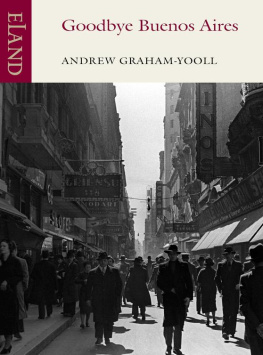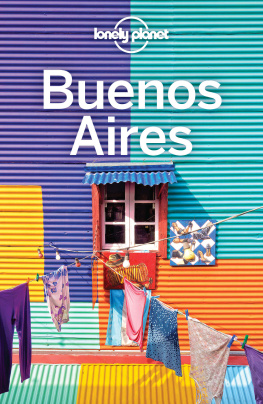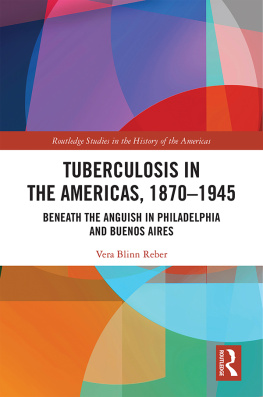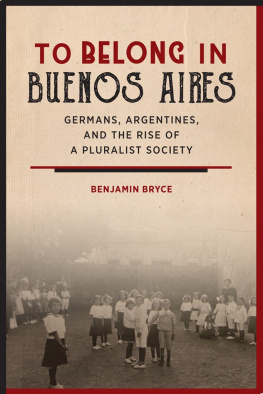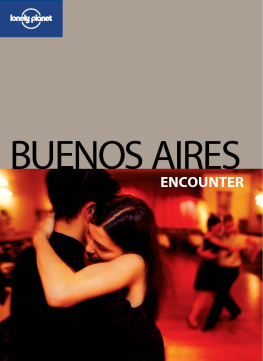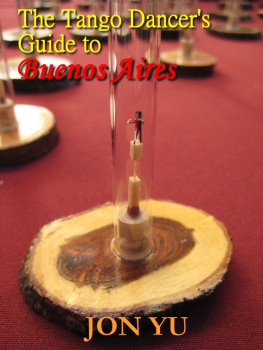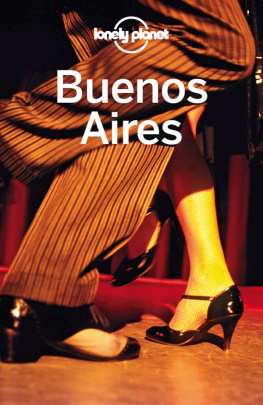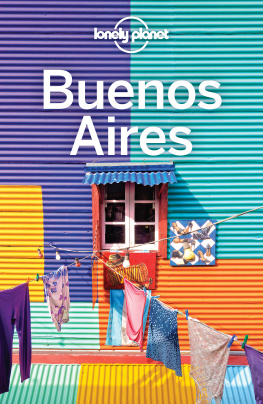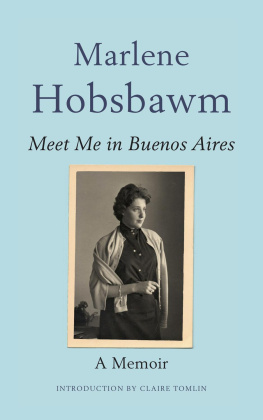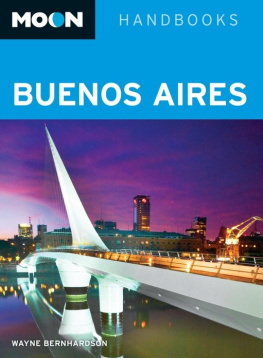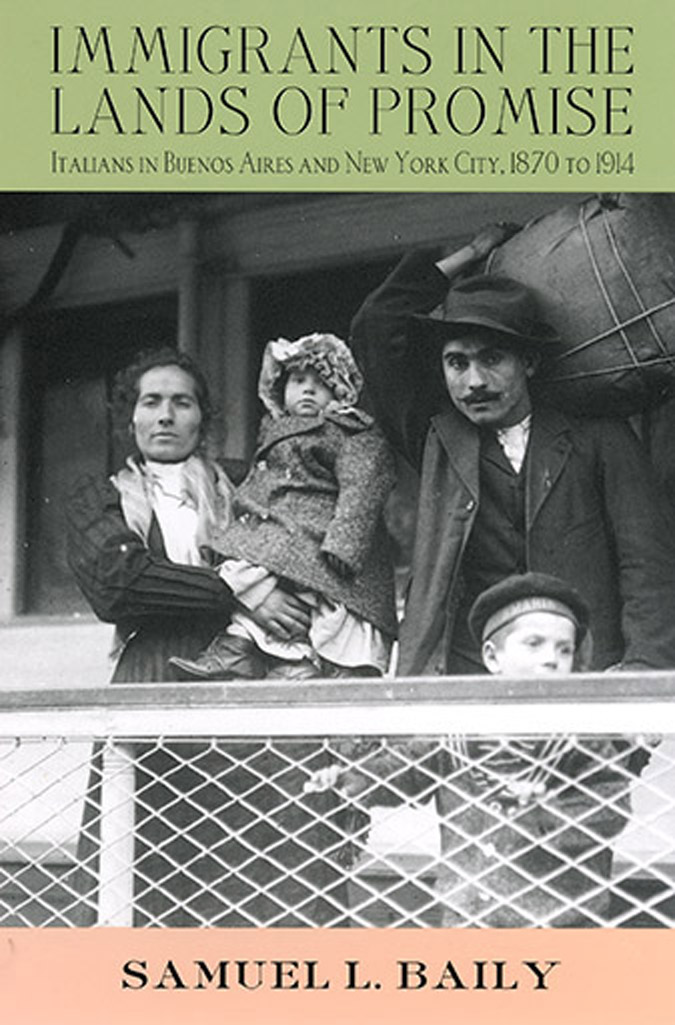Preface
The inherent humanity and comparative nature of the migration process have compelled me to write this book. Quite by accident I stumbled onto the topic when asked to present a paper on it for an American Historical Association meeting in New York some time ago. Although I come from English ancestry, I soon became totally absorbed in the experience of Italian immigrants. Several things have influenced the way I have approached my subject. Living for two years in a small Mexican village many years ago first made me aware of a village-outward perspective on what happens in this world. Participating in the publication of the Sola family letters (Baily and Ramella, One Family, Two Worlds) reinforced my long-standing commitment to incorporating something of the perspective of the participants in my work.
Comparative history is not easy to do. For me it involved learning a new language, developing my computer skills, working in archives in five countries, and reading extensively in several distinct bodies of scholarly literature. The effort, however, has been worth it. My belief in the importance of comparative history has grown over the years. It is my hope that this book will encourage and help others to undertake such projects on their own.
Over the years of researching and writing, I have become indebted to many individuals and institutions. I found scholars, librarians, archivists, and Italian immigrants and their descendants in the United States, Canada, Brazil, Argentina, and Italy interested in what I was doing and anxious to help me do it. There are too many to acknowledge individually, but I want them all to know that I am grateful and recognize that I would not have been able to complete this project without the selfless giving of time and information by so many.
I want to note especially the help of Michael Adas, Donna Gabaccia, Mark Wasserman, and Virginia Yans-McLaughlin, who read the entire manuscript and gave me the benefit of their insightful comments. Others who have read parts of the manuscript, discussed their ideas on immigration with me, or assisted me in some other way include Rudolph Bell, Frank Dauster, William Douglass, Glen Kuecker, John Lenaghan, Jos Moya, Jane Orttung, Ingrid Scobie, Franc Sturino, Camilla Townsend, and Rudolph Vecoli. Sarah Buck did an exceptional job of assisting me long distance when I was in Italy and Spain in 1996 and 1997. The former and current directors of the Center for Migration Studies on Staten Island, Sylvano and Lydio Tomasi, have always encouraged and supported my research. The Cerruti family, the children and grandchildren of Ida Sola Cerruti, have been indispensable to me. I wish to thank them all, and especially Pat Sisti and Alice Petkus Mason for their help setting up interviews with Idas children and arranging access to the various materials in the Cerruti archives. In addition, I wish to acknowledge the important contributions to my work of four very special people who are now deceasedRobert Harney, George Pozzetta, James Scobie, and Carl Solberg. Peter Agree, my editor at Cornell University Press, has been enthusiastic and encouraging in seeing this manuscript through to publication.
My Argentine colleague Fernando Devoto and I have, since 1985, debated the fine points of Italian migration in our homes and at various meetings in Argentina, Italy, the United States, and Spain. He kindly read the entire manuscript and gave me the benefit of his extensive knowledge read the of the subject. He, Luigi Favero, Alicia Bernasconi, Carina Silberstein, and the whole group associated with the Centro de Estudios Latinoamericanos in Buenos Aires have continually been most gracious and helpful to me. I also wish to thank Alberto Agnelli, Antonio Busich, Lorenzo Ferro, Ruben Granara, Eduardo Miguez, Mario Nascimbene, Patricio Randle, and Hilda Sabato for their assistance in Argentina. My thanks also to the staffs of the Unione e Benevolenza, the Archivo General de la Nacin, and the Biblioteca Nacional for their patience and willingness to help me use their collections. I want to acknowledge a special intellectual debt to the distinguished scholars Gino Germani and Jos Luis Romero, who early on taught me so much about Argentine history and immigration.
In Italy and several other European countries as well, many individuals aided my work. Gianfausto Rosoli of the Centro Studi Emigrazione in Rome greatly facilitated my research trips to Italy, generously opened the resources of the Centro to me, and was always willing to share his vast knowledge of migration. Franco and Luciana Ramella, coeditors with me of the Sola family letters, shared their extraordinary understanding of all things related to Italian migration and especially their intense interest in real people in local settings. Aldo Sola, the custodian of the Sola family letters, generously gave the Ramellas and me access to these letters and to many other things in his library and archive. Antonio Arduino, director of the Biblioteca Comunale of Agnone, extended himself every time I visited Agnone and provided me with many essential documents. My thanks also to the employees of the town archives of Agnone, Piedimonte d Alife, Sirolo-Numana, and Valdengo, whose diligence and cooperation helped me uncover some difficult-to-locate source material. And finally, I wish to thank Maria Baganha, Romolo Gandolfo, Dirk Hoerder, John MacDonald, and Nuria Tabanera, European colleagues who invariably stimulated my thinking and clarified some of my ideas on immigration.
I wish to acknowledge the generous financial support of the American Philosophical Society, the Fulbright Commission, the Social Science Research Council, and the Rutgers University Research Council, which made possible a number of research trips to Argentina and Italy and the writing of the manuscript. York University permitted me to spend a semester in Toronto working on the manuscript by making me the Mariano C. Elia Research Chair in Italian Studies for the spring of 1992.
I am also grateful to the following for permission to make use of materials and information in this book: the editors of Estudios Migratorios Latinoamericanos for use of the material in my article Patrones de residencia de los italianos en Buenos Aires y Nueva York: 18801914, Rutgers University Press for the picture of Oreste and Corinna Sola, Stephanie Bowers for her District 15 data, Timothy Delpapa for his interviews and letters, and the Cerruti family for their interviews and letters and the picture of Ida Sola and her husband.
My friends Michael and Jane Adas, Frank and Helen Dauster, Stuart and Rita Faden, Lloyd and Nancy Gardner, Richard and Terry Hixson, John and Lydia Lenaghan, Ruth Ross, and Mark and Marlie Wasserman provided support and encouragement as well as intellectual stimulation and insight that was essential to completing the project.
It is hard to acknowledge adequately the many contributions of my wife, Joan, and to thank her properly for all she has done. She has willingly read and reread drafts of this manuscript, discussed and debated the contents with me, and consistently given me helpful insight into the problems at hand. Her patience, love, and continued support have made the completion of this work possible. I want to thank her as best I can for being the person she is.


